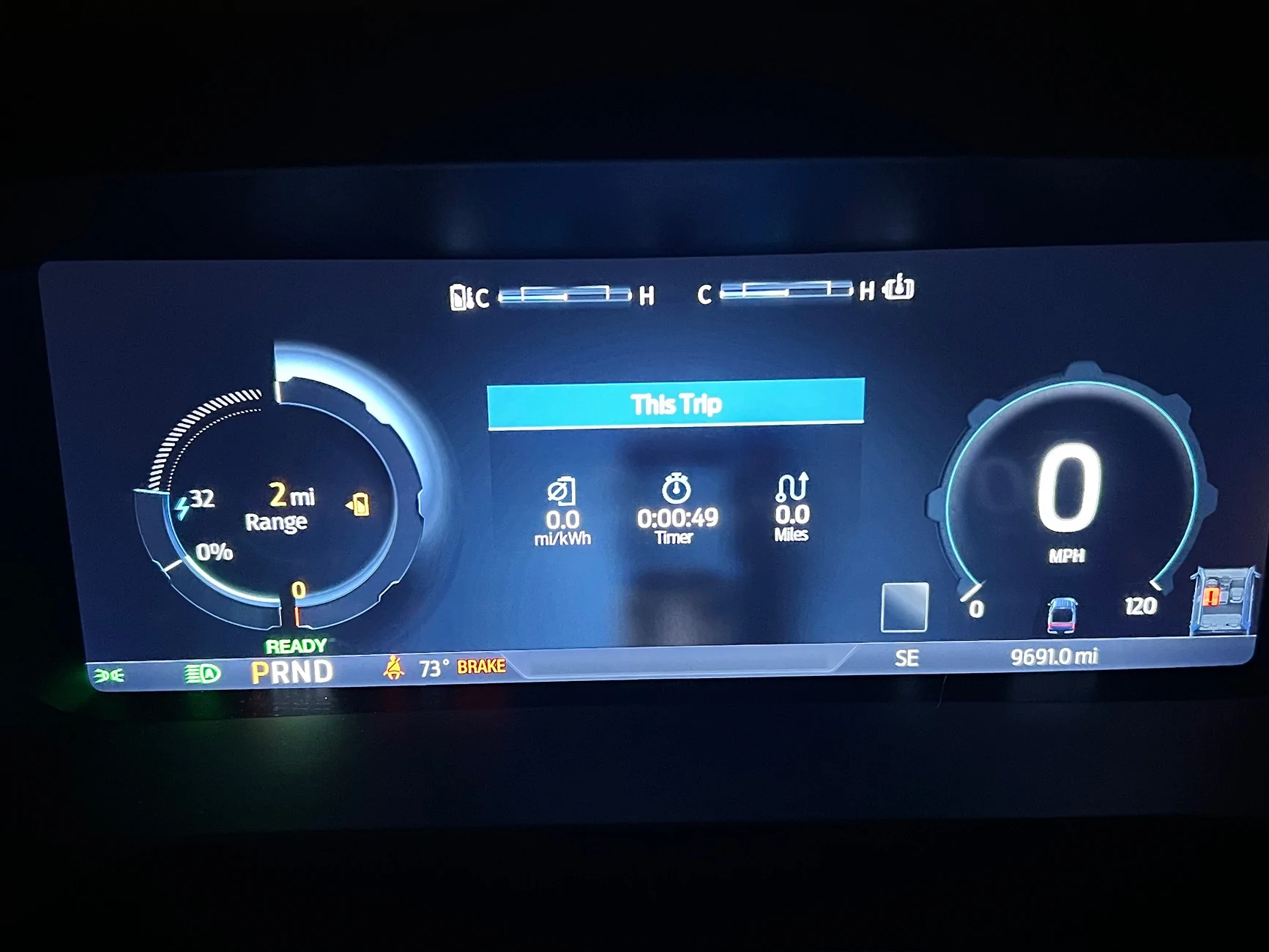chl
Well-known member
- First Name
- CHRIS
- Joined
- Dec 16, 2022
- Threads
- 6
- Messages
- 1,969
- Reaction score
- 1,177
- Location
- alexandria virginia
- Vehicles
- 2001 FORD RANGER, 2023 F-150 LIGHTNING
Got it.Possibly, just to confirm I like to do this periodically, my battery doesn't see extreme charging and discharging events very often, I'm curious from the car scanner data point of view if anything improves with SOH and cell variations. I'm chalking this up to science and personal proof vs. what Ai says.
BTW, I was assuming your truck has an NMC and not LFP battery.
With LFPs they do recommend 100% charging periodically (once a week Tesla, or once a month others) for BMS calibration. But with NMCs not required for calibration.
As I understand it, from what I have read, the periodic cycling is to recalibrate the BMS for a more accurate SOC reading and range estimates because LFPs have a flatter voltage curve than NMCs (voltage drop during discharging is smaller for a longer period of time).
If the SOC reading out of calibration, the BMS could over or under charge the battery.
Also, although LFP cells are being balanced during charging (active cell balancing) whether to 80% or 90%, so-called "top balancing" to 100% periodically is 'advantageous'.
Tesla recommends going to 100% at least once a week for their LFP cars. Others say once a month.
However, 100% charging does still take a toll on the battery lifespan of LFPs, although they are said to handle it better, having less of an effect on life span with LFPs than NMCs.
Staying at 100% for long periods of time can be deleterious to battery lifespan of LFPs though.
Apparently unlike NMCs, frequent small charging may be harmful to LFPs. What is meant by 'small' seems to be less than 10%.
See for example: https://www.wiltsonenergy.com/newsinfo11.html
Sponsored


